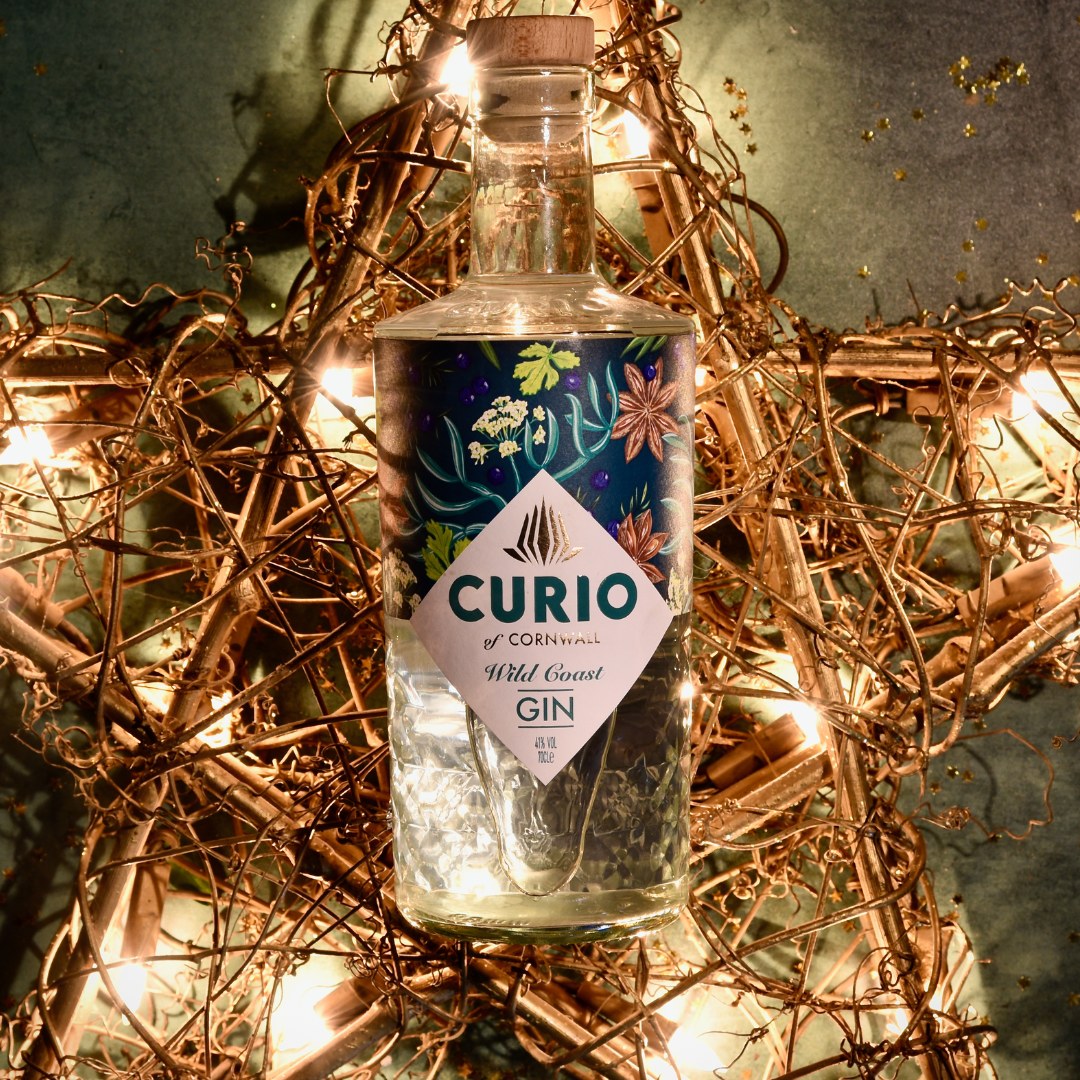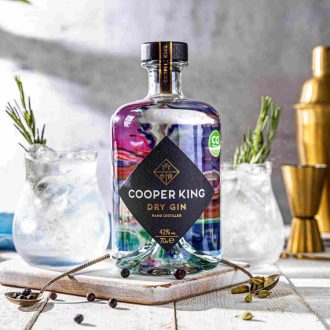
Bath Famous worldwide imposing architecture
Welcome to the city of Bath, World Heritage Site. Famous worldwide for its imposing architecture and Roman remains, Bath is a vibrant city with over 40 museums, good restaurants, quality shopping and theatres.
The Roman Baths and magnificent Temple were built around the the natural hot spring which rises at 46°C and were at the centre of Roman life in Aquae Sulis between the first and fifth centuries. The remains are remarkably complete and include sculpture, coins, jewelry and the bronze head of the goddess Sulis Minerva. A visit to the Roman Baths would not be complete without a visit to taste the waters and enjoy a tea, coffee or snack in the 18th century Pump Room, centre of Georgian entertainment in it’s day, which is situated just above the Temple.
The 15th century Abbey, Pump Room and Roman Baths are located right in the heart of the city. Bath Abbey Heritage Vaults are well worth a visit: the 18th century vaults provide an unusual setting for the exhibitions, displays and presentations of over 1600 years of abbey history.

Bath is a place with the official title of city in the administrative area of Bath and North East Somerset, in the English county of Somerset. The city, located on the River Avon, 18 km southeast of Bristol, has a population of approximately 80,000 and is the most visited tourist destination in England after London.

Bath’s Georgian architecture is quite stunning. The Royal Crescent, built in the late 1700s by John Wood the younger, has been designated a World Heritage Building and No. 1 Royal Crescent has been carefully restored by the Bath Preservation Trust to appear as it might have done when first built. The Circus was built slightly earlier and designed by John Wood’s father and finished by John Wood himself. Many famous people have lived in the Circus, including Gainsborough and Lord Clive of India.
One of the most famous landmarks in the city is Pulteney Bridge, one of only two bridges in Europe to support shops. Built in 1770 by the eminent architect Robert Adam and modelled on the Ponte Vecchio in Florence, here you will find small specialist shops and restaurants. Regular boat trips run from the east bank of the river, offering alternative (and very beautiful) views of Bath.
Bath is also well known for it’s ghostly residents. There are guided tours around the city to visit their favourite haunts. Perhaps among the best known are the Man in the Black Hat seen around the Assembly Rooms and the jasmine-scented Grey Lady of the Theatre Royal.
Bath’s most eccentric landmark must be Beckford’s Tower, an early 19th century folly in Lansdown with superb views over the city and across the River Severn to Wales. Built in 1827 and surrounded by a Victorian cemetery, the Tower is open to visitors and includes a museum in the two storey building at the base of the Tower. (Fit! ) visitors to the Tower can climb the 156 steps up the beautiful spiral staircase to the luxuriously restored Belvedere and admire the panoramic views.
Other places to visit include the Museum of Costume, the American Museum and the Jane Austen Centre. One of Bath’s most attractive qualities is that the city centre is small enough to be explored on foot. Parking in Bath can be quite a nightmare, but there are ‘Park and Ride’ schemes operating where visitors can park their cars, free of charge, and then take a bus into the city.
Bath Botanical Gin Distillery and Herbal Apothecary.
1a Prior Park Rd, Bath BA2 4NG, Verenigd Koninkrijk

How it all began
Sue Mullett is a qualified Medical Herbalist (BSc), distiller and owner of Bath Botanics ltd. After studying the history and benefits of bitters and herbal aperitifs Sue began experimenting with making her own Herbal drinks and tinctures by steeping various herbs in alcohol for their taste and medicinal benefits.
After sharing her herbal spirits with friends and family, sue realised there was a need for a locally made botanical spirit made using high quality ingredients to be enjoyed on its own and to be used as a base for her herbal creations.
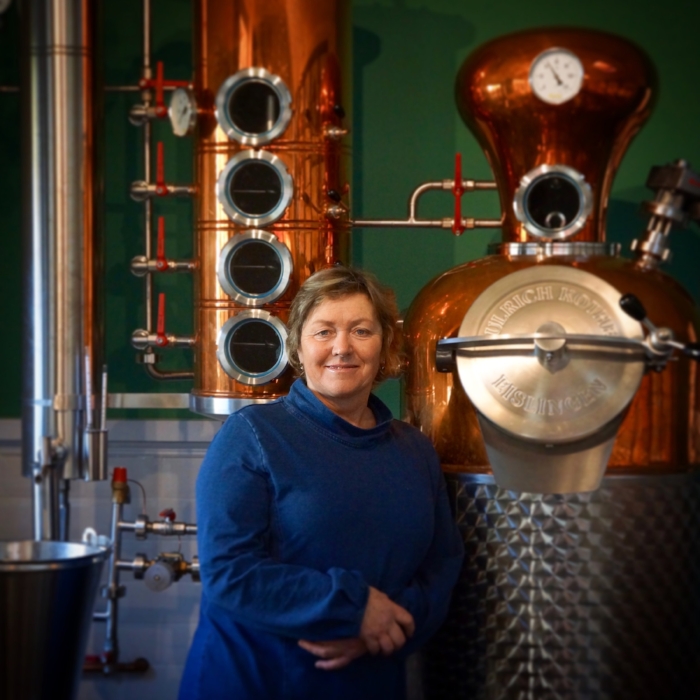

Using her science background, sue taught herself to distill, and experimented with a variety of botanicals and distilling techniques. When designing the gin, Sue started with 30 recipes, after a series of blind tasting refined this down to just one, aptly named No.1 Gin.
Bath Botanical Apothecary and Distillery draws inspiration from the rich history of Aperitifs, Digestifs, Bitters and Spirits and their varying uses as medicinal drinks throughout history, resulting in a range of high quality small-batch seasonal Fruit Gins, the Botanical No. 1 Gin, Cocktail Bitters and Herbal Elixirs.
Besides spirits, sue has also created a range Organic Herbal Tea Blends and DIY kits, which include a DIY Gin Kit, DIY Lip Balm Kit and a Lavender Bath Bomb Kit to encourage customers incorperate herbal products into thier daily routines.
Our Signature Botanical No.1 Gin

We distil our No.1 Gin onsite in our Kothe Copper Still in 30 litre batches, so we can ensure each batch is as flavoursome as the last.
Our No.1 Gin is a juniper led, London dry gin with a fresh twist. We use hand-picked lime flowers from Bath in our gin to capture the fragrant flavour of the south-west countryside in summer.
We have a unique method of distillation that creates the distinctive full-bodied flavour of our gin. We begin by steeping our botanicals for 24 hours before distillation to create a greater depth of flavour and the rest i’m afraid will have to remain a secret.
Limited Edition Specialty Gins

We love to experiment and create small batches of limited edition gin using the No.1 Gin as a base.
Past editions have included our Christmas Gin with cocoa, orange and cinnamon and our Summer cooler with Passion fruit, Raspberry, Elder flower and Blackcurrant. Our current limited editions are:
No.2 Grapefruit, No.3 Citra Hop, and No.4 Lime Zest
Our Seasonal Fruit Gins

We infuse locally grown bio-dynamic and wild foraged fruits with our No.1 Gin to create our seasonal Fruit Gins. Bio-dynamic farming is an organic, holistic farming approach which is reliant on the ecological health of the farm land to grow crops and not on artificial chemicals or fertilisers.
By using wild and bio-dynamic fruit we can ensure ZERO pesticides are extracted into our fruits gins, just nature at its best.
We refrain from adding artifical colourings or flavourings, seasonal picking and steeping gives our gin heaps of natural fruit flavour and colour.
Private Gin Tasting Masterclasses
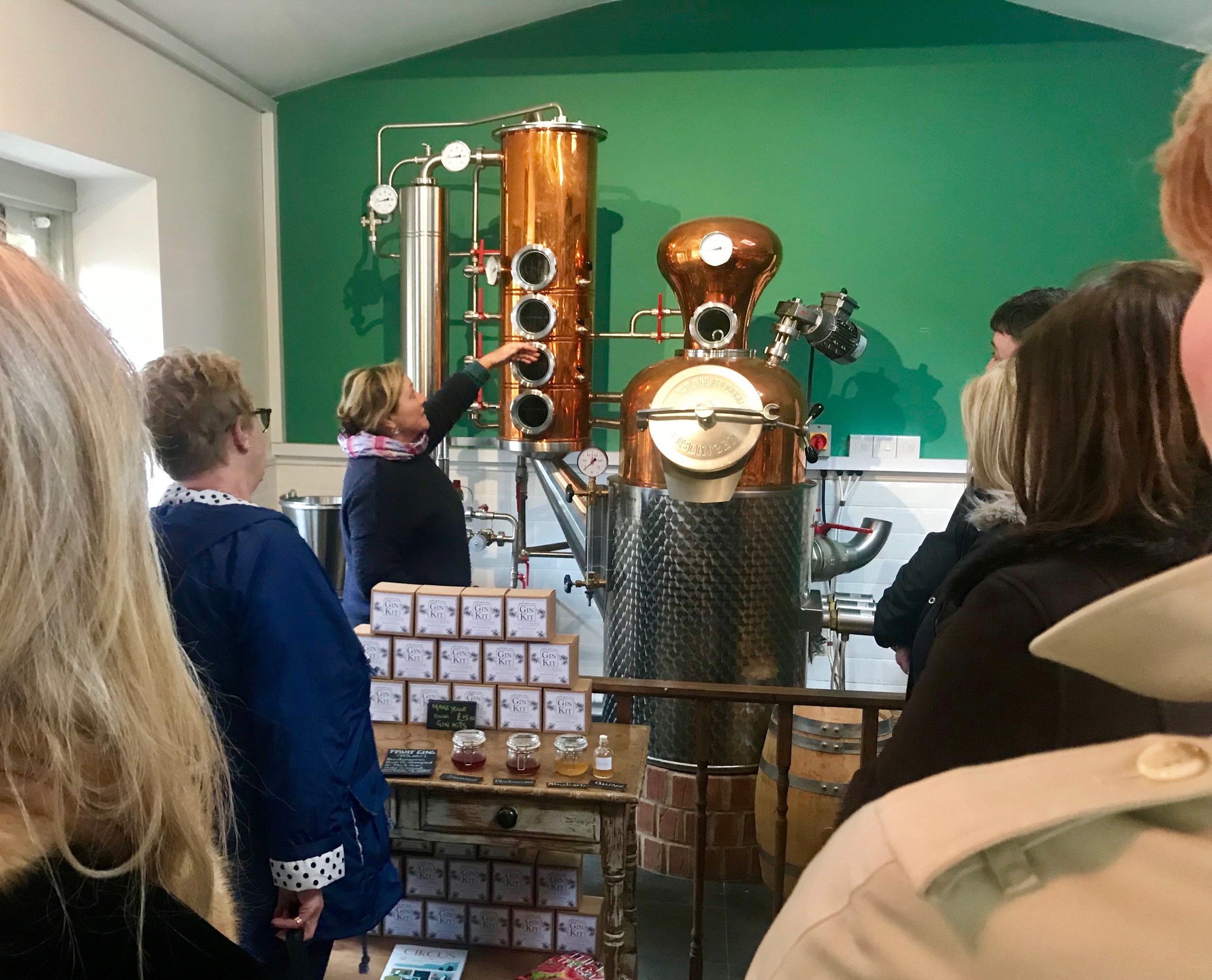

We love to welcome privately booked groups of 6-10 people (max.) for tasting events at our distillery & shop. Events are hosted outside normal opening hours (11-5.30 Weds-Sat). Subject to availability, tastings can also be arranged at anytime during the day on Mondays & Tuesdays.
We can also come to you! If you have your own venue, we can come to you to provide a private gin tasting event in your own surroundings. This works especially well for larger groups (10+) or hen party’s in rented accommodation.
Included in your private event:
- Gin and tonic on arrival
- Commentary on how our gin is made, and the history of gin.
- Samples of a large variety of our products.
All our tasting events are managed & operated by Savouring Bath.
Duration: 1-1.5 hrs
Cost: £30 per person (min. cost of £180 for 6 people)
Booking information: For a full quote and to check availability, please complete our enquiry form below.
Alternatively, contact Savouring Bath directly by email: click here to email your request.


Quality lies at the core of our practice.
Our Products are always made using high quality, organic, local and seasonal ingredients where possible and all our products are free from artificial flavourings and colourings.
We use organic herbs in our Herbal Elixirs and our Herbal Tea blends.
Our No.1 Gin uses eight classic gin botanicals alongside fragrant hand-picked, local, wild grown Somerset Lime Flowers.
Our DIY Gin Lip Balm Kit uses locally produced beeswax.
We use seasonal, bio-dynamic or wild-grown fruits to infuse in our Fruit Gins. Biodynamic fruits are grown using the fertility of the soil and not by using chemical fertilisers, so we can ensure ZERO pesticides are infused into our gins. We pick our fruits by hand so we can select the ripest fruits to give our gins full, natural flavour.
Small Batch production
We distill in small batches with a very precise technique to ensure each batch is as fantastic as the last. Without giving away the secrets of our process, we can say that our understanding of the distillation process allows us to maximise our capture of the volatile flavour molecules, resulting in a full-bodied, smooth gin.
Attention to Detail
Our products are hand finished – each bottle is filled, waxed, labelled and numbered by hand, this attention to detail ensures each bottle has been made to the highest standards.

Sustainability
Sustainability lies at the core of our practice, we are always looking at ways we can cut our environmental impact.
Recycling
We use glass and ceramic bottles as they are more sustainable and recyclable then one use plastics. We encourage customers to bring in their empty bottles – we can reuse these for our apothecary experiments and it saves the fossil fuels needed to reprocess the bottles, You can get £1 off your next bottle by returning your old one. If you can’t get to the distillery to return your bottles, we’ve seen some amazing creations by our customers giving our bottles a new life.
Re-purposing
Get creative with your finished packaging:
- Our clay Apothecary bottles make amazing vases
- Rinse and dry your bottles and save them for your own gin infusions and drink creations.
- Take advantage of our apothecary packaging and put a candle in the bottle for an interesting candle holder.
- Keep your tea tin and bring in to get it refilled, alternatively, fill with some tea bags or loose leaf tea to keep it fresh at home.
- Our 5cl bottles can be used to store ground herbs and spices, or to store ‘juice shots’ avoid buying plastic bottles on the go.
Local services
We use local label printers within walking distance to minimise postage and packaging.
Local delivery’s on foot or by bike
For delivery’s in Bath we cut our carbon footprint in the local area by delivering by bike or on foot.

Locally sourced fruit – hand picked by us
We believe its important to take the time and hand pick locally grown, seasonal, wild and bio-dynamic fruits for our fruit gins. Although this process can be quite time consuming we want to avoid importing fruits that grow here in abundance in the summer. Whilst reducing our environmental impact, our fruits are free of pesticide laden fruits, are fresher, riper and more flavorsome.
Packaging
We are shocked by the amount of plastic, cardboard and various other materials we receive when ordering parcels. We reuse packing materials sent to us in parcels in orders we send out, and encourage you to do the same. To prevent any-more being generated, we pack our parcels with recycled materials such as straw and wood shavings.
We use recycled cardboard boxes for our DIY kits, our glass bottles are recyclable or hardy enough to be re-used. We use biodegradable straws for tasting sessions instead of those small plastic cups.
Fruit Pulp
We give our fruit pulp anyway or put it into compost to use in the garden at home. We have tried fruit jellys, jams and ice lolly’s made from the the pulp of our fruit gins.

About Bath
Bath is an elegant city full of traditional heritage, contemporary culture, green spaces, and a few surprises. From its historic origins to the colourful characters that brought the city to life, there’s a lot more to Bath than meets the eye.
Bath may be famous as the Roman spa town of Aquae Sulis, but human activity around the hot springs dates back as far as 8000 BC! While the Roman Baths may be the hub of the city’s spa heritage, much of Bath as we see it today is thanks to the Georgian innovators who designed iconic parts of the city’s architecture such as the Royal Crescent and the Circus.
Bath is also home to a vibrant contemporary cultural scene, with theatre, comedy, live music, and festivals all over the city throughout the year. Its setting amongst lush green English countryside, along with the city’s many green spaces, makes Bath a wonderful place to explore the great outdoors.
History and Heritage
As well as being a vibrant and thriving twenty-first-century city, Bath is a living museum. History and heritage line the city’s streets, with every footstep revealing compelling cultural attractions and astonishing architecture. It’s why Bath is the only city in the UK designated a UNESCO World Heritage Site, along with its unique second inscription at part of UNESCO’s Great Spa Towns of Europe.
Find out more about Bath’s history and heritage
Bath’s Famous Residents
Ever since its legendary beginnings, Bath has been home to a cast of colourful characters; from Anglo-Saxon royalty to an eighteenth-century dandy, these extraordinary historical figures each helped shape the city into what it is today. It is well known that Jane Austen lived in Bath and used the city as a setting for some of her novels, but Bath has been home to many more impressive residents over its long history.
Learn about Bath’s famous residents
Fascinating Facts
Think you know all there is to know about Bath? The city’s long and rich history means there is always something new to learn about Bath’s lesser-known moments through the centuries, from the UK’s first farmers market to the invention of plasticine.
What Does Water Mean to Bath?
From ancient thermal springs to tranquil places to enjoy water in and around the city, and from modern day spas and spa hotels to tasting the mineral water, Bath’s history is closely tied to water. The city’s second UNESCO inscription as part of the Great Spa Towns of Europe is testament to the importance of the waters in Bath’s heritage.

Bath’s Spa Heritage.
In History and heritage, Spa and wellbeing
Did you know Bath has a second prestigious World Heritage inscription by UNESCO? The city is one of the Great Spa Towns of Europe, a collection of historic and influential spa destinations.
We asked Tony Crouch, City of Bath World Heritage Site Manager, to tell us more about the Great Spa Towns of Europe project.
The History of Europe’s Spa Towns.
Thanks to Michael Portillo’s televised train travels, many will know Bradshaw’s historic railway guides. Fewer though will have heard of the Bader Lexicon guide (1854), which listed 652 major mineral-water spa towns across Europe. This was just the tip of the iceberg, as many other would-be spas existed (even Devises, Wiltshire, once modelled itself as a spa).
However, only a few such resorts rose to prominence and of those even fewer remain intact today. The Great Spa Towns of Europe project, which includes the City of Bath, achieved its goal to conserve and celebrate the cream of these outstanding places through UNESCO World Heritage inscription when it was added to the World Heritage list on 24th July 2021.
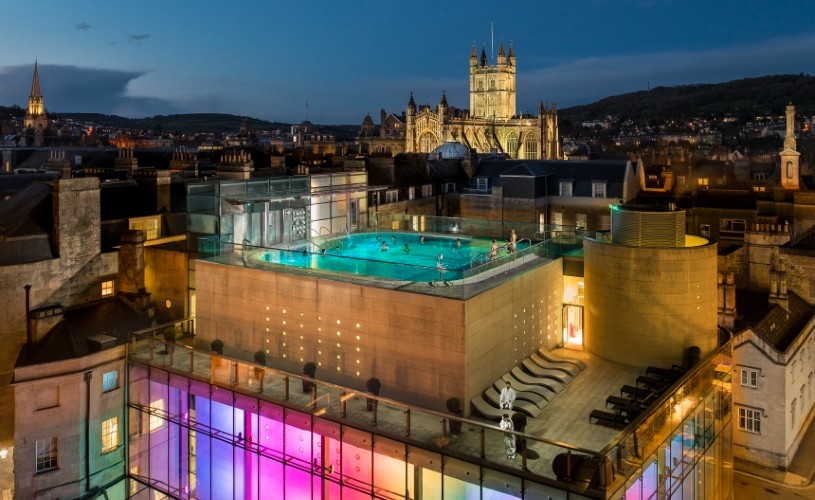
Image – Thermae Bath Spa

Every culture has a natural water bathing tradition. For example, the saunas and banyas in Scandinavia and Russia, the hammam in the Middle East and the Onsen tradition in Japan. From 1700 to 1930 the European spa became the ‘must-visit’ place for early tourists, greatly facilitated by the arrival of the railways.
Europe’s spa resorts were unique in many ways, not least because they mixed social classes together and this democratisation of society involved royalty literally coming down from their castles to mingle with ordinary people. Artists, poets, musicians (Beethoven, for example, in Baden bei Wien) and scholars mingled freely in these ‘cafes of Europe,’ in a way only seen elsewhere in the great metropolises.
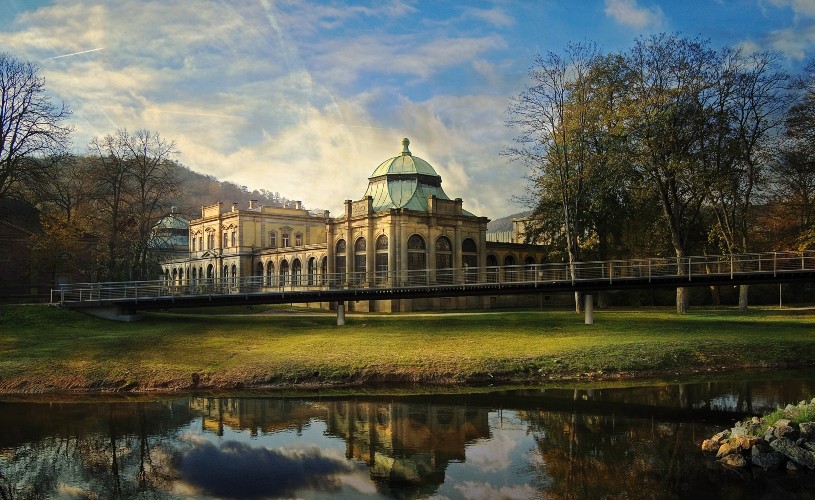
Image – Bad Kissingen, Germany

